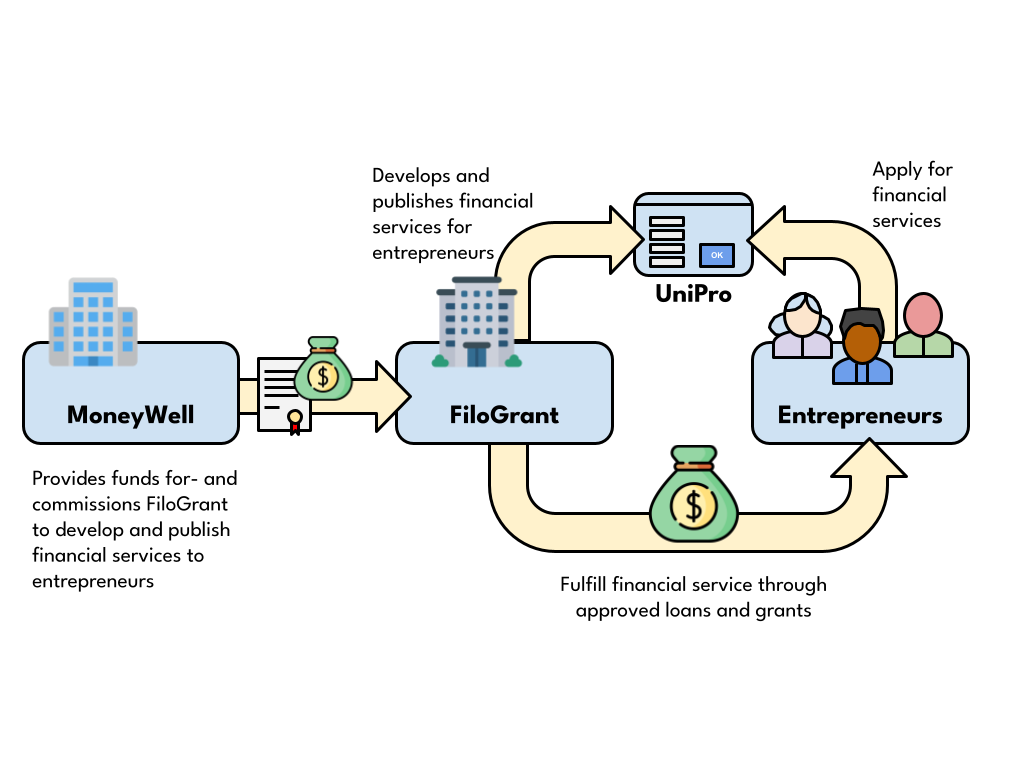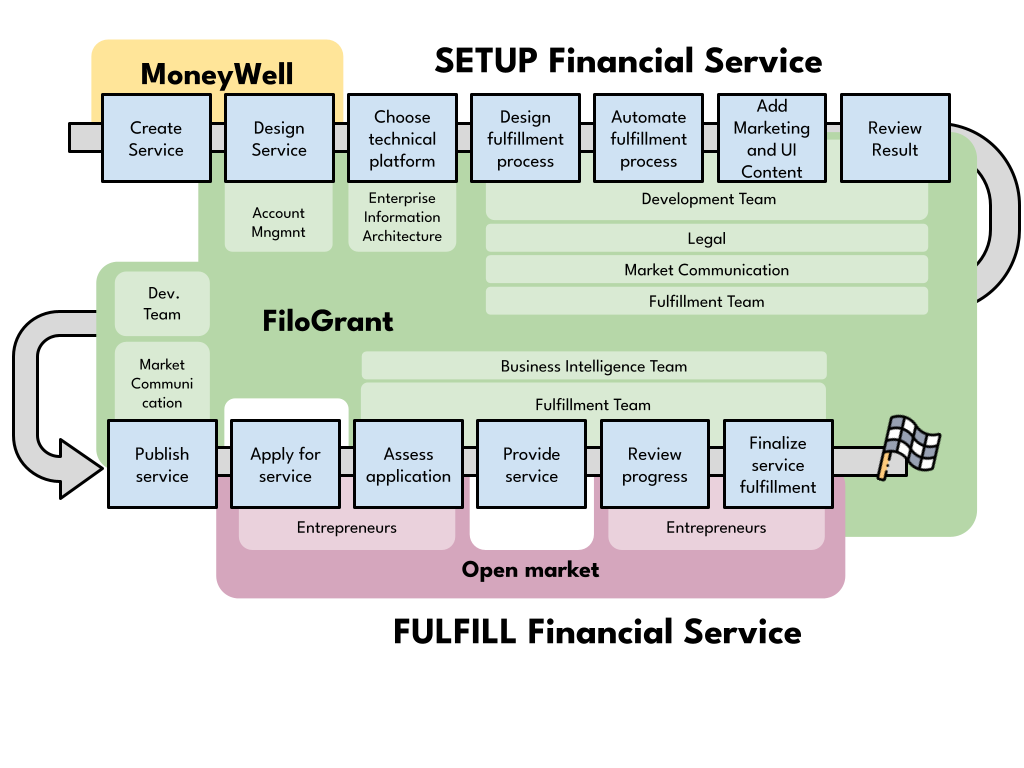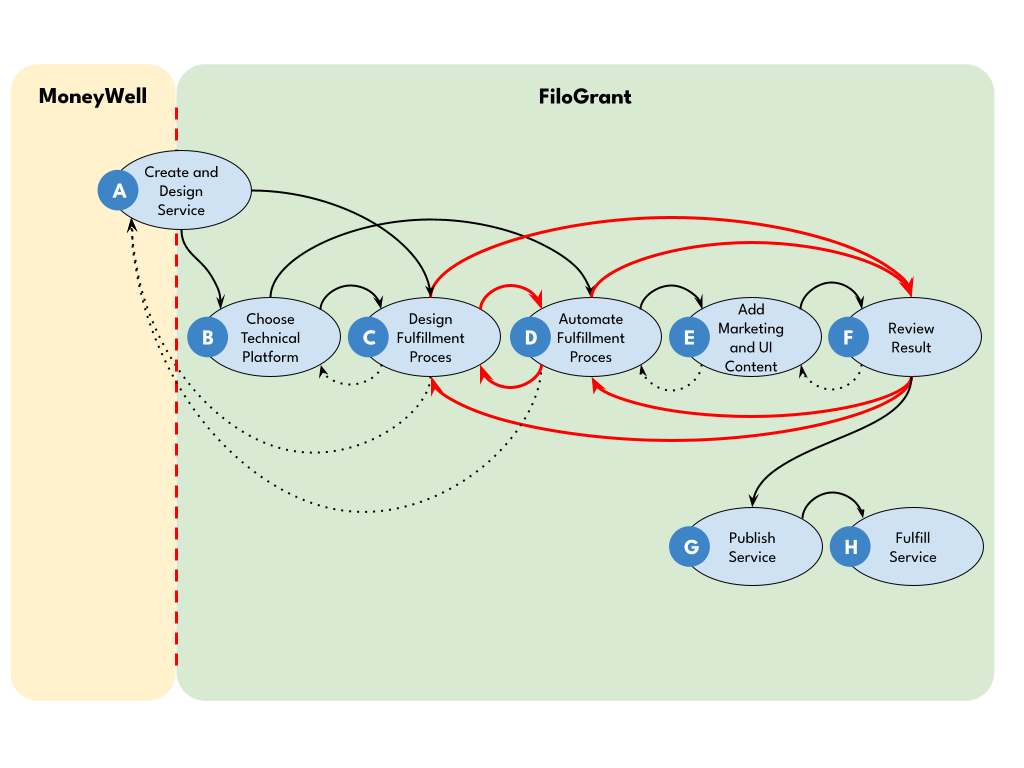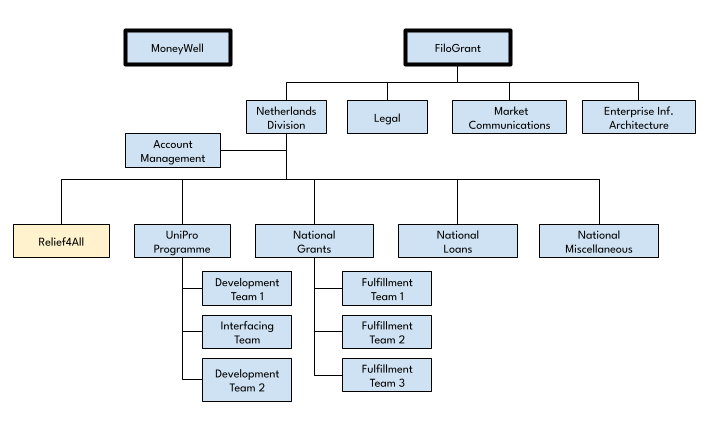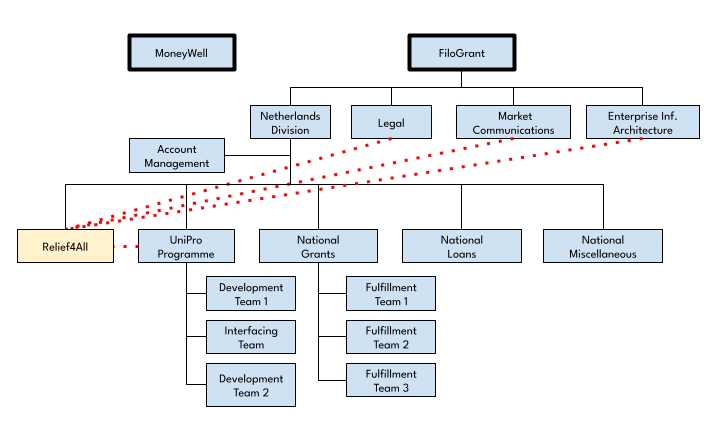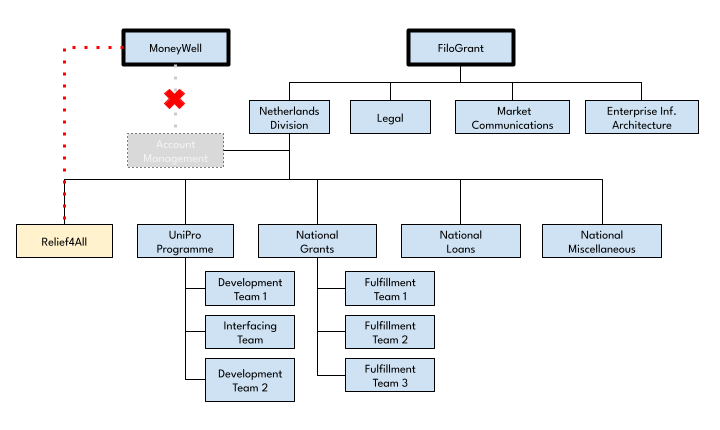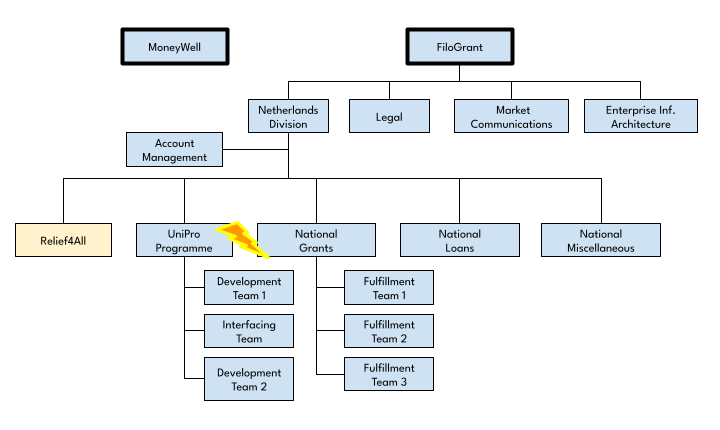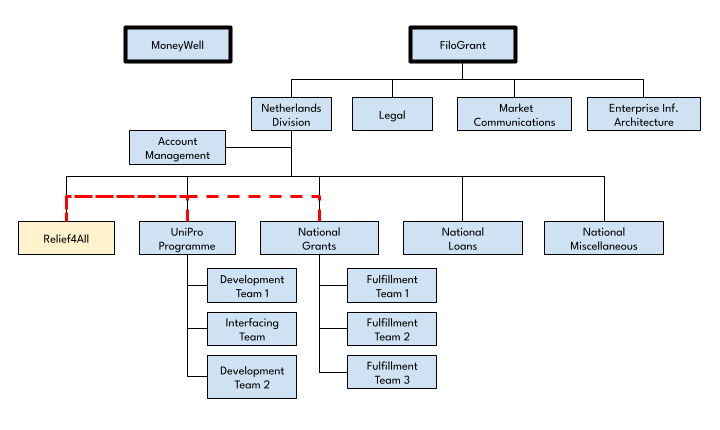Over the past 20 years, I have observed that the success of agile software development is often impeded by several significant factors. One I consistently run into is the mix of employees and contractors within teams, which frequently complicates multi-skilling and the adaptaptive abilities of teams.
This situation is often worsened by conflicts between line management and product management, leading to misaligned priorities and resultant waste.
Additionally, I frequently experience a poor understanding of what “the product” everyone is working on actually is. Without a clear and unified vision of what delivers value to an organization and its stakeholders, teams struggle to deliver the desired value effectively.
Another big one is my recurrent observation that development organizations suffer critical dependencies on shared services, which become bottlenecks and slow down progress. Organizations often prefer to stick to the benefits of the economy of scale, thereby foregoing their adaptability and subsequent performance of the product organization.
A lot of the problems we run into have everything to do with the way we’re accustomed to solve problems, and the way we profess organization design in general.
These are just some examples of aspects of organizational design that I often see being overlooked when adopting frameworks for agile product development. In these adoptions the result is almost always a new organization (design) that is hardly more effective than it was before the adoption of these frameworks.
I spent most of my career as an agile specialist trying to understand such phenomena and what it is in Agile product development that causes these phenomena. As it turns out, it actually has very little to do with Agility itself. A lot of the problems we run into have everything to do with the way we’re accustomed to solve problems, and the way we profess organization design in general.
Reading and studying Creating Agile Organizations by Cesario Ramos and Ilia Pavlichenko was therefore an absolute eye opener. Instead of adding framework to framework, this body of knowledge boiles agility down to its essence, and explains what organizations need to become in order to attain that coveted ability: to outrun the competition by exploiting unpredictability.
Honestly, over the past few years I grew weary of seeing all the efforts of adopting agility go to waste by “pouring the same old whine in new barrels”. Luckily, “Creating Agile Organizations” has rekindled my enthusiasm for this field of work by teaching me what it takes to make new barrels.
So, are you weary or disappointed with the results of your agile efforts? I’d love to get in touch and see what I can do to rekindle your enthusiasm for actually making your organization Agile.
Jeroen Valkier
- February 13, 2025
- 2 minutes



